Dubbo 3.0? No! RSocket is the eternal god
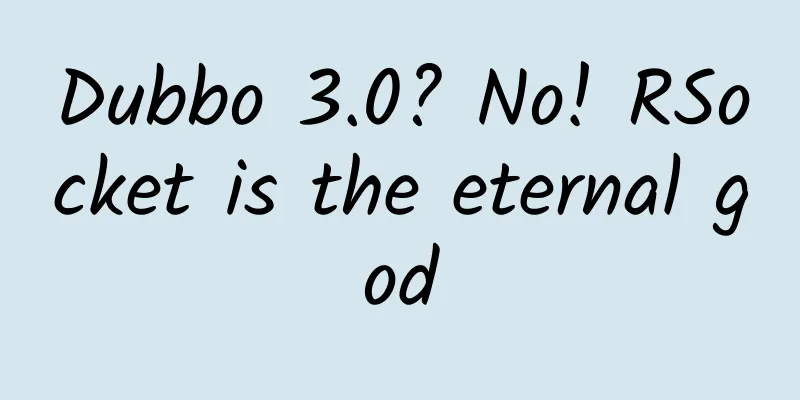
backgroundThe hottest topic in the domestic technology circle recently is the release of Apache Dubbo 3.0. The most important feature of Dubbo 3 is the combination of HTTP/2 as the underlying communication protocol and protobuf as the serialization protocol. This combination is also the solution used by the gRPC protocol. In the end, the RSocket protocol was not selected as a supplementary solution for reactive programming. Dubbo 3.0 source code examples
Spring Incubator Screenshot spring-retrosocket provides an annotation-driven RSocket client and shields the complexity of rosocket-java sdk through annotation calls. 1. Create RSocket ServerCreate a spring boot project and add relevant dependencies
Just specify the rsocket server service port
Define RR request model processing channel Use @MessageMapping to specify the routing path
2. Create a client using spring-retrosocket
If you have an existing build, make sure you have the spring-milestones or spring-snapshots Spring repository.
3. Basic usage
spring-retrosocket github source code: https://github.com/spring-projects-experimental/spring-retrosocket |
<<: my country's backbone network construction will be initially completed in 2020
>>: An article to help you understand the concept of TCP/IP
Recommend
Can 5G RedCap technology help operators regain confidence?
As my country has built the world's largest 5...
[Black Friday] DMIT consumption rebate, 20% off Japan VPS, 50% free traffic in Hong Kong/Los Angeles
DMIT.io also launched a promotion during Black Fr...
Cost and maintenance are the key factors in deploying WiFi in small and micro enterprises
WiFi is not only irreplaceable in our daily lives...
Operators' operating data in August: 5G package users approach 600 million, with China Mobile accounting for half of the total
[[425786]] Recently, the three major telecom oper...
Wi-Fi 7 is already here before Wi-Fi 6 is used?
On April 19, although Wi-Fi 6 is being widely pop...
China? The United States? South Korea? Which country has the strongest 5G private network application development in the world?
As an important driving force for the digital tra...
DediPath: Memorial Day promotion 1Gbps unlimited traffic server from $31.95/month, VPS hosting from $1.75/month
DediPath has launched a Memorial Day promotion, o...
CloudServer: $12/quarter-single core, 4G memory, 30G NVMe disk, 5TB/10Gbps New York data center
CloudServer is a foreign hosting company founded ...
Enterprise cloud transformation is imminent, network architecture needs to be prepared
[51CTO.com original article] The rapid developmen...
The key role of optical transceivers in passive optical network technology
Passive Optical Network (PON) technology has beco...
Data centers need to speed up and improve quality to cope with changes through innovation
2020 is a critical year for the large-scale const...
80VPS new platform Los Angeles Cera data center (China Unicom CUVIP line) KVM simple test
Some time ago, I shared the news of 80VPS's n...
What will be the consequences if all three major operators upgrade to 5G in five years?
Seeing that domestic communication companies are ...
CloudCone launches CDN service starting at $11.99/year, with up to 36 nodes worldwide
Recently, CloudCone has released information abou...
What network engineers should know about ARP
Dynamic ARP entry learning In most cases, devices...
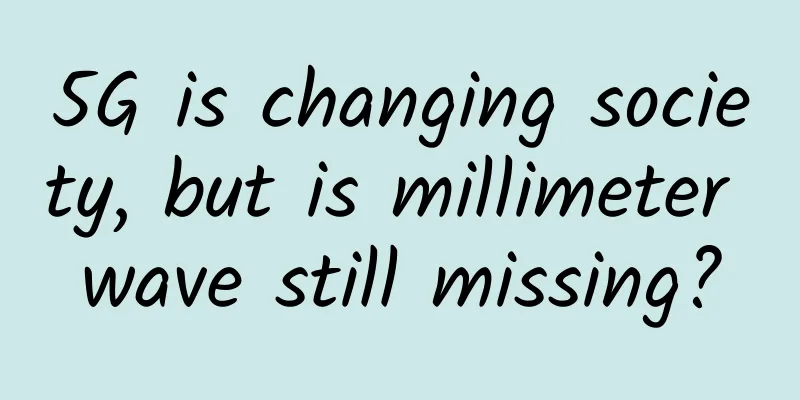


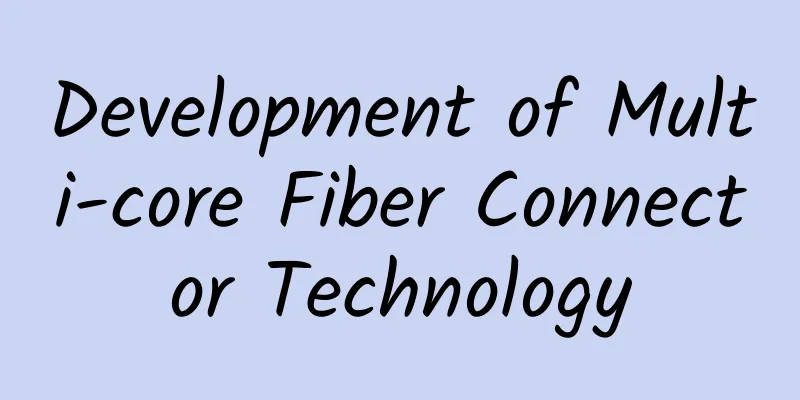
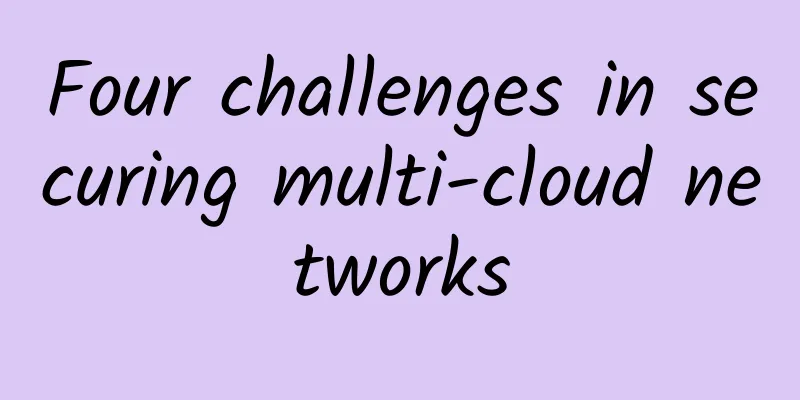
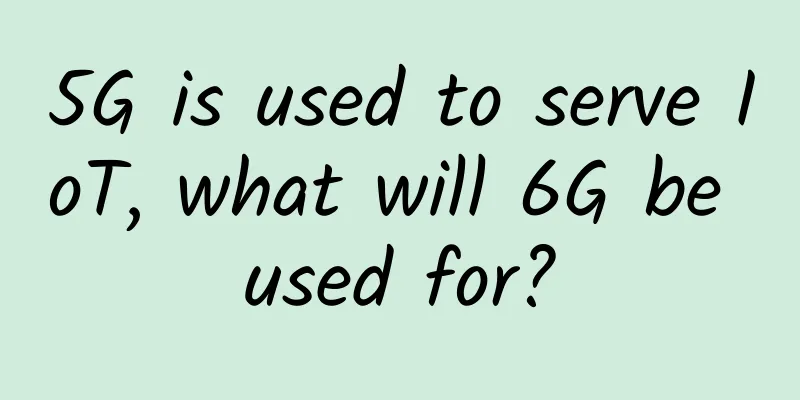

![[11.11] CMIVPS annual promotion VPS host 50% off, Hong Kong large bandwidth/direct line monthly payment starts from US$3.5](/upload/images/67cac23863b4e.webp)

